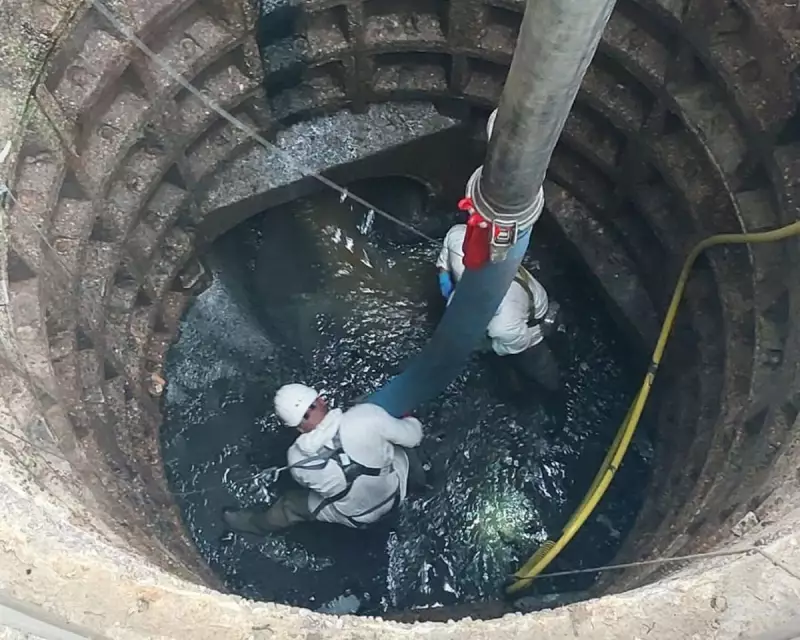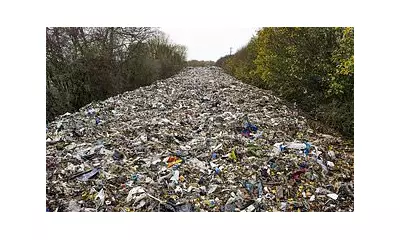
In what has become an all-too-familiar battle beneath London's streets, Thames Water engineers have successfully removed a monstrous fatberg weighing over 100 tonnes from the sewer system in Feltham, West London. The colossal blockage, comparable to the weight of a blue whale, had been slowly accumulating in Victorian-era tunnels, threatening potential sewage backups and environmental damage.
The removal operation required a specialised team working around the clock for several weeks to break apart the solid mass of congealed fat, oil, grease, and wet wipes. Using high-pressure jetting equipment and manual labour, workers painstakingly dismantled the fatberg piece by piece, with the removed material now destined for recycling into biodiesel.
The Hidden Cost of Modern Living
This isn't the first time London has faced such subterranean monsters. The infamous 2017 Whitechapel fatberg weighed a staggering 130 tonnes and gained international notoriety. The Feltham blockage serves as a stark reminder that the problem persists despite repeated public awareness campaigns.
What exactly creates these subterranean monsters? The primary culprits remain the same: cooking fats poured down sinks, wet wipes flushed down toilets, and other non-biodegradable items that combine to form concrete-like masses in the cool sewer environment.
Prevention Better Than Cure
Thames Water estimates it spends approximately £18 million annually clearing blockages from London's 68,000-mile sewer network. The company has reiterated its plea to residents and businesses to dispose of fats properly in bins and to only flush the three P's: pee, paper, and poo.
The removal of the Feltham fatberg represents a significant victory for the utility company, but experts warn that without changing disposal habits, these underground beasts will continue to plague London's ageing infrastructure, creating environmental hazards and costing millions in preventative maintenance.





